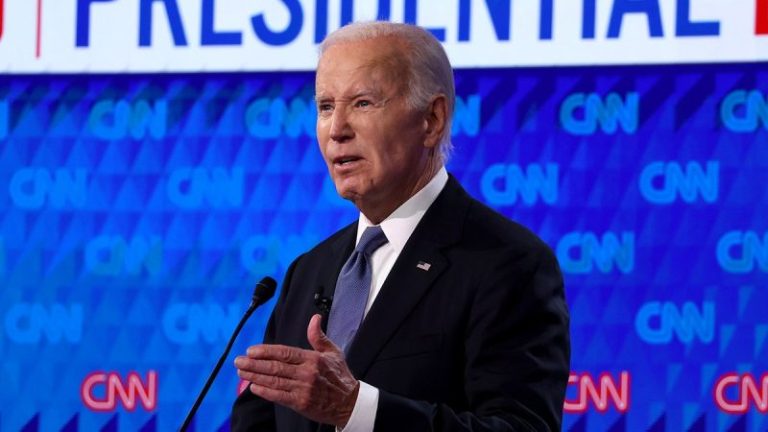President Joe Biden dropped out of the 2024 presidential race on Sunday, and campaign finance experts say there are financial roadblocks to replacing him as the Democratic nominee.
The Biden-Harris campaign brought in a huge cash haul this cycle, reporting $127 million raised in June alone. But after Biden officially withdrew from the race, there are serious questions about whether another candidate would be able to inherit these funds.
While there are several candidates being floated as a Biden replacement, a political fundraiser with knowledge of presidential campaign finance told Fox News Digital that, as of right now, the money ‘is only accessible if your name is Joe Biden or Kamala Harris.’
Election law experts told Fox News Digital that Vice President Harris could likely use the campaign funds given that her name is on the Biden-Harris ticket. However, even the vice president could face hurdles with the money.
According to Trey Trainor, a commissioner on the Federal Election Commission, it’s an ‘open-ended question’ whether the funds could be transferred to Harris.
When Biden is replaced as the nominee, legal experts tell Fox the Biden-Harris campaign would be allowed to transfer the funds to the Democratic National Committee, but the campaign arm is limited in how it can distribute that money.
Democratic Govs. Gavin Newsom of California and Gretchen Whitmer of Michigan and Transportation Secretary Pete Buttigieg have been floated as potential Biden replacements, but the experts do not believe other candidates would be able to easily obtain the funds.
Biden officially endorsed Harris for the Democratic nomination after announcing his withdrawal from the race.

